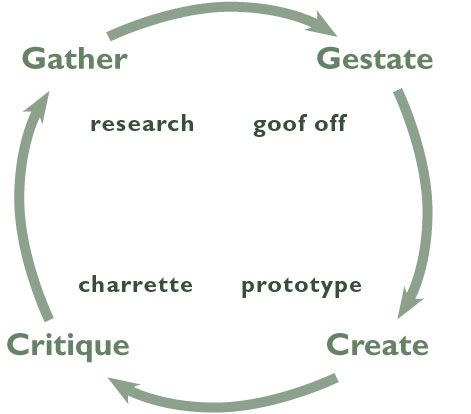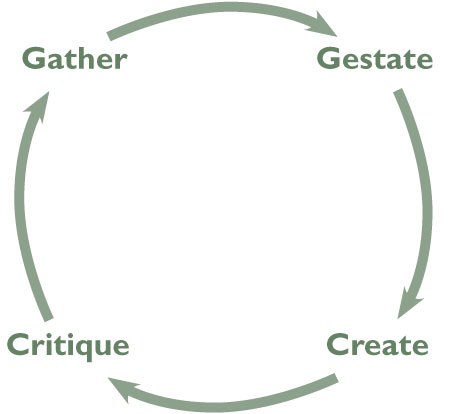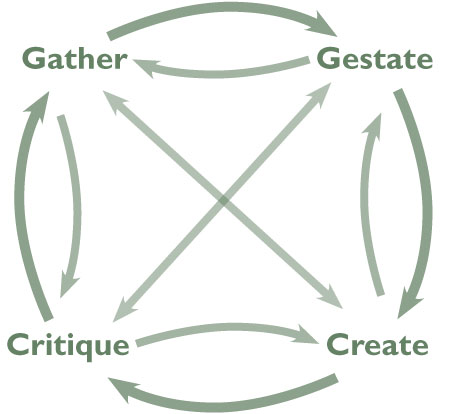Over the past month I’ve been conducting research for the University of Denver for various web-related projects they have going on. As part of this process, I interviewed a number of undergraduate and graduate students about how they find information, connect with their friends, and generally how they use technology in their daily lives.
Without getting into the details, there were some fascinating general findings, especially regarding the use of cell phones. I’m no Jan Chipchase, but I think this information may point to some interesting opportunities for future design.
Most of the students I talked to weren’t early adopters of technology, so they were mostly interested in finding ways to use devices in a way that makes their life easier.
As you would expect, all the students have cell phones, and they are very important to them in staying connected with their friends and family. They also all have laptops, and there is a clear separation between the two devices.
None of the students I talked to use their phones to browse the web, though a few were considering getting an iPhone (or a similar device) sometime in the future once it’s easier to connect to wifi networks. This is a particularly important on the campus given the requirement for authentication to connect to the university’s wireless network. But mobile web browsing didn’t appear to rate very high on the interests.

What was much more important to most of the students I spoke with was “mobile messaging”. They used messaging to connect with their friends, sometimes to chat, but mostly for ‘transactional’ messaging. “I’m running ten minutes late”, “Are you going to be at the coffee shop tonight”, that sort of thing. All who did this said it was so much easier and more efficient than talking on the phone.
In fact, most of the students had little interest in talking on the phone at all. One said that he only uses the phone on Sundays when he was calling home to talk to his family. Other than that, messaging was the preferred way to connect with his friends.
Unlike myself, these students have all grown up with instant messaging, and using their phones in this manner is second nature to them. It’s what they are comfortable with, it’s easy, it’s just how things are done.
I’ve recently gotten myself into a new phone contract, and I ended up with a blackberry pearl. I considered an iPhone, but decided against it as I try not to buy first generation products from Apple (not that I haven’t done it in the past – I’m still waiting for my first generation iPod to die so I can get a newer model) I find the email capability to be very handy, though the ubiquity of it can be a bit overwhelming at times, and I use the WAP web browsing from time to time. But messaging isn’t that important to me, and I’ll still resort to a phone call if I’m running late.
In some ways, I’m more of an early technology adopter than most of the students I interviewed. It’s not better or worse, just a result of what we’re comfortable with and what works in our particular situation. One of my favorite quotes came from a recently admitted graduate student; “it’s weird to be 24 years old and already feel like technology is passing you by.”
Tell me about it. Who knows, maybe I’ll give mobile messaging a try.
—
Note #1: Wired has an interview with the national champion of texting here. lol.
Note #2: Donald Norman, now a professor at Northwestern, says has this to say about texting in an interview with cnet:
If you’d asked me to predict texting I’d have said, “No, it’s really too hard. Jeesh, you need to type three times to get a ‘C.’ That’s ridiculous.” Not only did people learn it, but (they) learned it so well…So, there’s an adaptation for you.
The issue is not how tech-savvy you are, or how quick you pick up to it. I believe these are things that often take many hours to master…You just didn’t want to spend the next 20 hours of your life mastering it. But a lot of the kids, they have that kind of time to devote to it.

 When I was nine or ten years old, I used to watch the
When I was nine or ten years old, I used to watch the 



